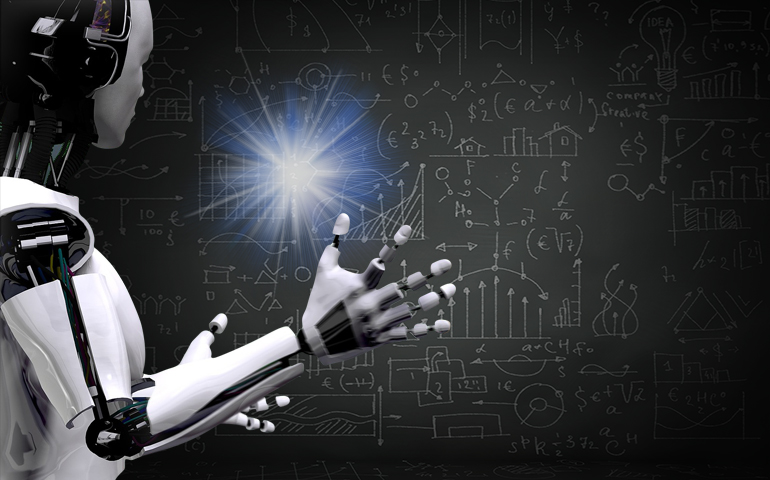
Apr 6, 2018
We grew up watching movies like The Terminator, Star Wars, and The Matrix; weaving our AI dreams since our childhood. The term ‘Artificial Intelligence’ was coined in 1956 by John McCarthy, but it is in the recent years that AI has experienced a resurgence as we are now being introduced to its real-world applications.
Today, artificial intelligence is all around us, at times we don’t even realize it; all of us at some point have been assisted by Siri or Google Assistant, have heard about a self-driving car, and have definitely received product and movie recommendations from Amazon and Netflix respectively. AI is already a part of our daily lives and its realm is likely to grow in the coming years. Now, terms like ‘Machine Learning’ and ‘Deep Learning’ have also started gaining ground. A lot of us use ‘Artificial Intelligence’ and ‘Machine Learning’ interchangeably, no doubt both of them are connected, but in effect, both of them are vastly different things.
In this blog, I’ll try to explain what machine learning and artificial intelligence actually mean, how they are correlated, and clear the differences between the two.
What is artificial intelligence?
It is a state when a machine develops an ability to function with little or no human involvement. Once the sample data and algorithms are fed, machines can take decisions based on predefined parameters and conditions. With AI, machines can carry out tasks by planning processes, understanding verbal context, recognizing images and sounds, and using all of these data to solve problems that otherwise require human intelligence.
And now, what is machine learning?
In simple words, machine learning is the most proficient way to achieve artificial intelligence. When computer systems have ML, they have the ability to “learn” with data and perform tasks even when they are not programmed to do so. This is done by relying on already known algorithms and analyzing existing data, which provides them with the competence to solve unfamiliar problems without the need to hard code software routines.
How are they correlated?
Machine learning is basically the ability to learn without being explicitly programmed. So, we can say that artificial intelligence can be achieved even without machine learning, but it would require developing billions of lines of code that reflect various decision trees and complex rules to accomplish any pre-known tasks.
The concept of artificial intelligence was surrounded around the belief that we could program the computer systems with all the code that is required to “mimic” human behavior. Later, we realized that it isn’t feasible or practically possible to teach machines each and everything about this world, instead we need machines to learn on their own and solve problems or make decisions. This is why machine learning plays a significant role in achieving artificial intelligence.
According to a research by Domo, users of the Internet generated approximately 2.5 quintillion bytes of data each day in the year 2017.
Based on this, we can say that we have an immense amount of training data to feed to our systems so that they can use machine learning to learn patterns and predict future data behavior. In addition to having training data, businesses also need knowledge of algorithms that can be used to build machine learning models.
The majority of industries today are dealing with humungous data, which can be better used by applying machine learning and artificial intelligence technologies. Machine learning can help them proactively address business problems and take crucial business decisions.
Here’s a table that shows how different industry verticals can make use of machine learning algorithms:
In plain words, you can say that machine learning makes it possible for us to make our AI dreams real.
Need Help ?
We are here for you
